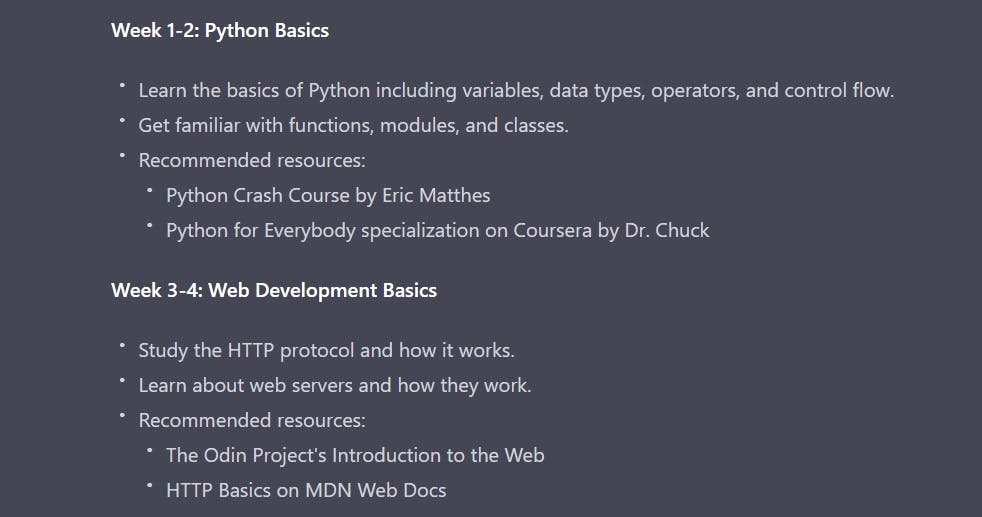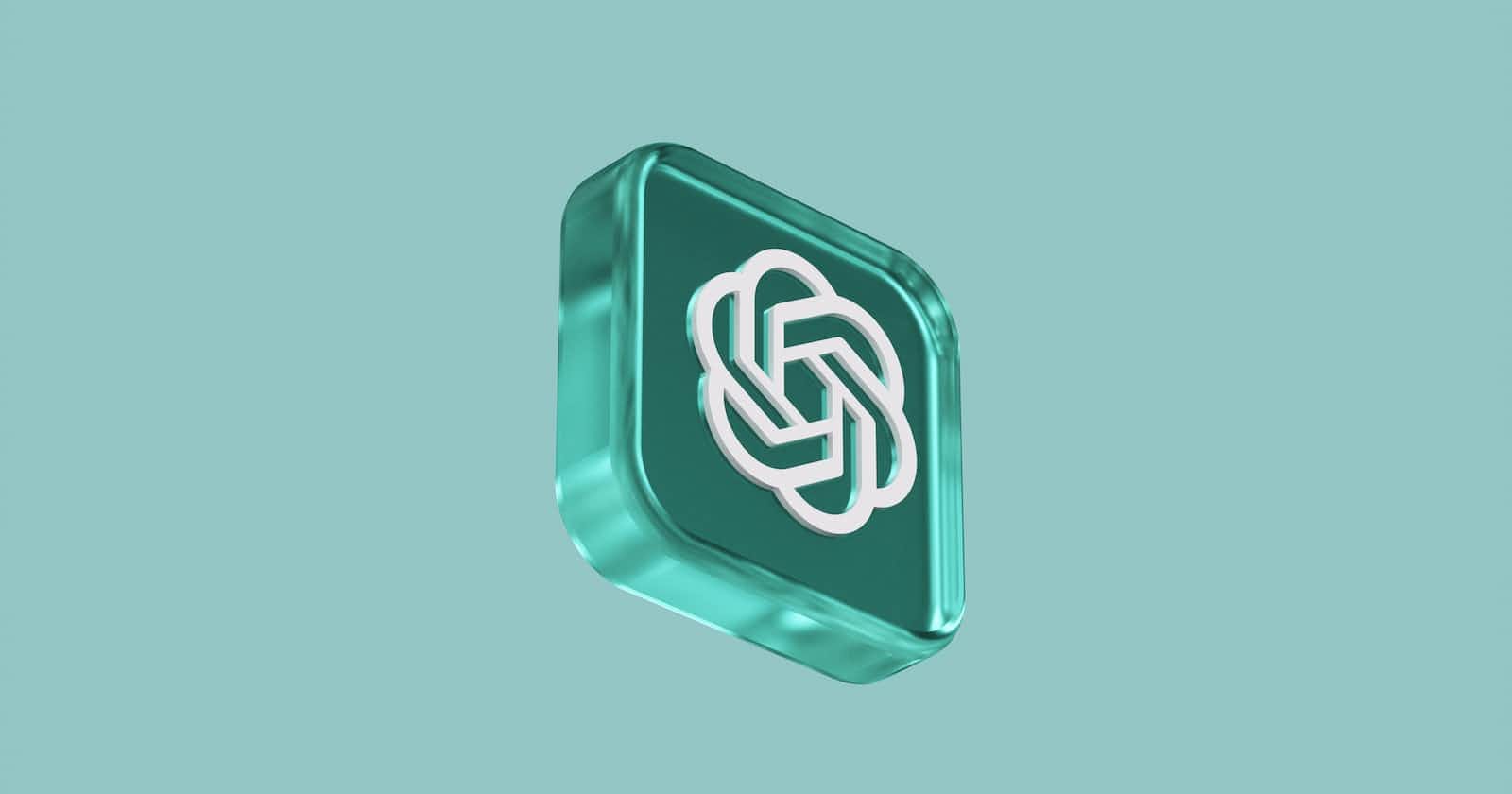Using ChatGPT to learn to code
This article is a part of a series of blogs: Using Chatgpt to learn to code.
Are you someone who wants to learn how to code, but feels overwhelmed by the traditional methods of learning? If so, you're not alone. Many individuals struggle with finding the right resources and learning styles to effectively understand coding concepts.
Fortunately, there is a new technique that is gaining popularity in the world of coding education: chat-based GPT. Chat-based GPT is a method that utilizes the power of artificial intelligence to provide interactive and personalized learning experiences. Through experimentation with this technique, I have discovered an art and a science to use it effectively.
In this blog post, I will dig deeper into the world of chat-based GPT and explore how it can help individuals learn how to code more efficiently and effectively. From its personalized approach to its ability to keep individuals motivated and engaged, chat-based GPT has the potential to revolutionize the way we learn and understand coding concepts.
So, if you're interested in learning more about this promising new technique, read on!
If you're not familiar with the term "chat-based GPT," it's important to understand its meaning before we dive into the ways it can be used to enhance learning.

What is Chat-based GPT or ChatGPT?
Let's first understand what GPT means.
GPT, or "Generative Pre-trained Transformer," is a type of deep learning algorithm that is used for natural language processing tasks such as language translation and text generation. It is trained on massive amounts of text data, allowing it to understand language and generate human-like text with remarkable accuracy.
Now Let's meet ChatGPT:
ChatGPT is a specific implementation of GPT that is designed for conversational applications by OpenAI. It is trained on large datasets of human conversation, allowing it to understand the nuances of language and generate responses that are natural and realistic. You can talk to it, you can ask it questions. You can think of it like talking to a very knowledgeable person that knows all the things of the Internet,
Note that I say very knowledgeable, but not very smart. What this means is that even though it knows all the things of the Internet, it still sometimes can give you the wrong answers to things, or it doesn't understand to what it is that you're asking, and it gives you vague answers.
Unfortunately, it's still not as good as a human in understanding what your intent is behind questions, which is why in this blog later on, we'll discuss how prompt engineering can help improve the effectiveness of AI language models in understanding and responding to human queries.
But for now, just know that it is a very powerful tool in the right hands.

Without further ado, let us explore the practical applications of ChatGPT in enhancing the learning experience for individuals seeking to improve their coding skills.
Here I will be using chatGPT to learn python language for backend development.
Designing a Study plan using ChatGPT:
To get a study plan you might be considering to write the prompt "give me a study plan to learn python for backend"
The result looks like this:

As one can discern from the aforementioned, the study plan presented may not be the most actionable or comprehensive, as it lacks specific guidance on which resources to use for learning. While it provides a general overview of what to do, it leaves much room for uncertainty and ambiguity.
Imagine the person looking for a study plan doesn't know about what variables , data types , web protocols are.
There is certainly room for improvement in developing a more effective study plan. A potential solution is to explore alternative approaches, such as the one suggested below:
"Give me a study plan to learn python for backend development with resources and timeline"
This time it gives the same plan with the resources and a timeline. It's better because it splits the previous result into different weeks and gives the resources .
The result looks like this for the above prompt:

The current study plan, while providing a collection of resources, leaves room for improvement in terms of coherence and personalization. The suggested resources consist mainly of tutorials on specific topics, such as Python basics, Web development basics without providing a comprehensive framework or guidance on how to use them cohesively. Additionally, the resources may not be tailored towards individual learning preferences.
To account for individual learning preferences and better cater to their needs, a more personalized approach is required. For instance, some individuals may prefer video courses over written texts, which are more commonly available.
So now I'm going to share with you guys a framework that you can get a better study plan from Chat GPT.

By giving it more context, you're able to get it to give you a more tailored response. This means that instead of just getting a general answer, you'll receive advice and guidance that's specifically tailored to your unique needs and goals. We are going to learn how to leverage this approach, so you can enhance your learning experience and make progress towards your coding objectives more efficiently.
As the blog is getting longer I will start a series of blogs on this topic.
In the next blog, we will take a deep dive into how you can use the 5W framework to create a more effective study plan with ChatGPT. By understanding this framework you can provide ChatGPT with the context it needs to give you personalized resources and guidance that align with your learning goals. We'll discuss specific examples and strategies for using the 5W framework effectively to get the most out of your conversations with ChatGPT.
Stay tuned for the next blog on Using Chatgpt to learn to code.
Subscribe to the newsletter to stay updated with new articles.

